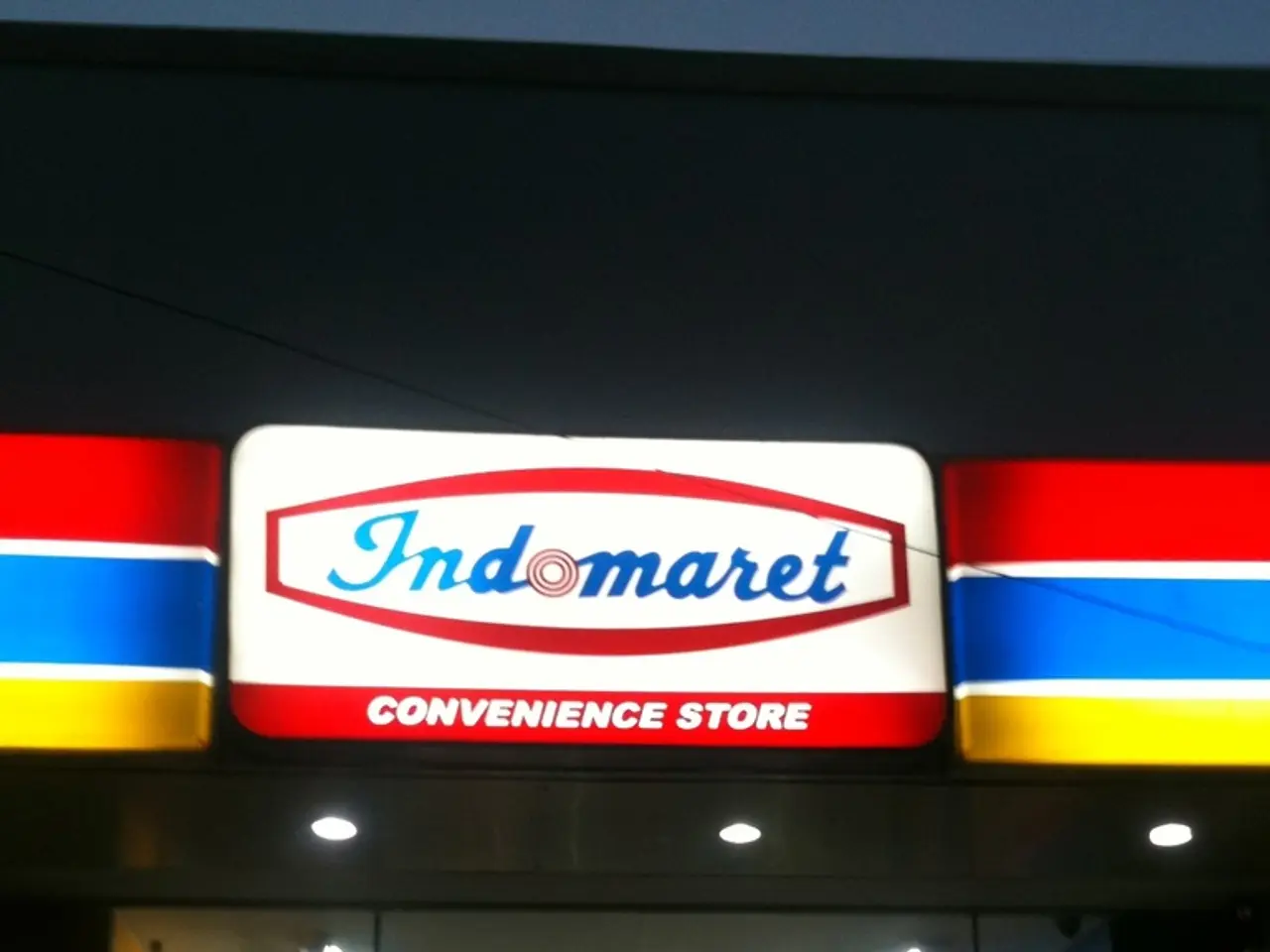Key Principles for Achieving Success in Original Equipment Manufacturer (OEM) Digital Car Selling
In the modern automotive landscape, digital retailing has become the backbone of commerce, providing buyers with the experiences they expect and offering operational agility that Original Equipment Manufacturers (OEMs) need. To thrive in this digital age, digital retailing must become a core capability, one that reflects how people actually want to buy cars.
The automotive retail model is undergoing a significant shift due to consumer expectations for online options, transparency, personalization, and seamless transitions across all channels. To deliver consistent, scalable, and brand-aligned experiences, OEMs must rethink how digital retailing is architected, focusing on aligning systems, processes, and touchpoints to support the complete buying lifecycle.
A future-proof digital retailing platform for OEMs should include several key components. Comprehensive product data management is essential, ensuring accurate Year-Make-Model compatibility filters, detailed product attributes, bill of materials linking subcomponents, and bulk catalog management to maintain fitment accuracy and customer confidence.
Robust integration capabilities are vital, allowing seamless connectivity with OEM systems, dealer management, inventory, CRM, accounting, and third-party partners. This support for complex workflows and global operations is crucial for handling distributed inventory across warehouses, dealers, and partners, as well as for enabling direct-to-consumer and aftermarket sales channels to adapt to evolving sales models.
Advanced analytics and AI-powered insights are necessary for monitoring dealership performance, predicting trends, optimizing inventory, and personalizing customer experiences throughout the sales and after-sales lifecycle. Customer experience optimization tools, such as fitment search widgets, rich product specifications, and seamless user interfaces, help reduce friction, returns, and service tickets while meeting rising customer expectations for information and ease of purchase.
Security, functional safety, and compliance features, including cybersecurity protections and adherence to automotive standards, are essential for protecting the vehicle software and consumer data in an increasingly digitized automotive environment. Efficient inventory and supply chain management with real-time stock visibility and flexible replenishment is necessary for supporting global expansion and evolving market demands.
Together, these components create a flexible, scalable, and secure platform enabling OEMs to manage the entire buying lifecycle—from initial customer engagement through sales, servicing, and aftermarket support—while adapting to future mobility trends and digital transformations.
Digital retailing platforms should enable fluid movement between online and in-person interactions, carrying through preferences and pricing across all touchpoints. A single infrastructure that can flex to support change in the automotive industry, without starting over each time, is essential for OEMs.
Inconsistency and complexity in digital and physical environments in the automotive industry is costing brands more than just convenience, it's costing loyalty. A modern digital retailing platform should support various sales models, including dealer-led, direct-to-consumer, agency, fleet, and more, delivering consistency with room for regional and strategic variation.
Success in the next era of automotive retail will not be defined by the number of tools an OEM has, but by how well everything works together, connecting people, systems, and processes across every touchpoint. The result of outdated digital retailing systems is frustrated consumers, under-leveraged dealer networks, and missed revenue opportunities.
Many OEMs have invested in digital retailing tools, but these systems were built for yesterday's buyer, not today's market reality. A future-proof digital retailing system should integrate easily with DMS, CRM, ERP, and other systems via open APIs for faster updates, cleaner data, and alignment across retail networks.
Customers now expect a single, continuous experience across all channels, whether they start on a mobile device, transition to a laptop, or walk into a dealership. Personalization is expected in digital retailing, with AI-driven pricing engines and dynamic workflows surfacing the right offers at the right time to build trust and improve conversion.
A modern digital retailing platform must be modular, able to support regional regulations, tax rules, languages, and fulfillment models without custom builds for efficient localization. The future of automotive commerce lies in a digital retailing platform that is flexible, scalable, and secure, empowering OEMs to meet the evolving needs of today's buyers and adapt to the challenges of tomorrow.
- To ensure a unified and seamless buying experience, the future-proof digital retailing platform of Original Equipment Manufacturers (OEMs) should integrate easily with dealership management, customer relationship management (CRM), enterprise resource planning (ERP), and other systems via open Application Programming Interfaces (APIs).
- For technology to play a critical role in the automotive industry, OEMs must prioritize a modern digital retailing platform that can handle complex workflows and global operations, facilitate direct-to-consumer and aftermarket sales, and adapt to evolving sales models, all while ensuring compliance and protecting vehicle software and consumer data.
- A future-proof digital retailing platform should support various sales models, personalize customer experiences, and offer advanced analytics and AI-powered insights to monitor dealership performance, optimize inventory, and predict trends, ultimately enabling OEMs to manage the entire buying lifecycle while adapting to future mobility trends and digital transformations.




